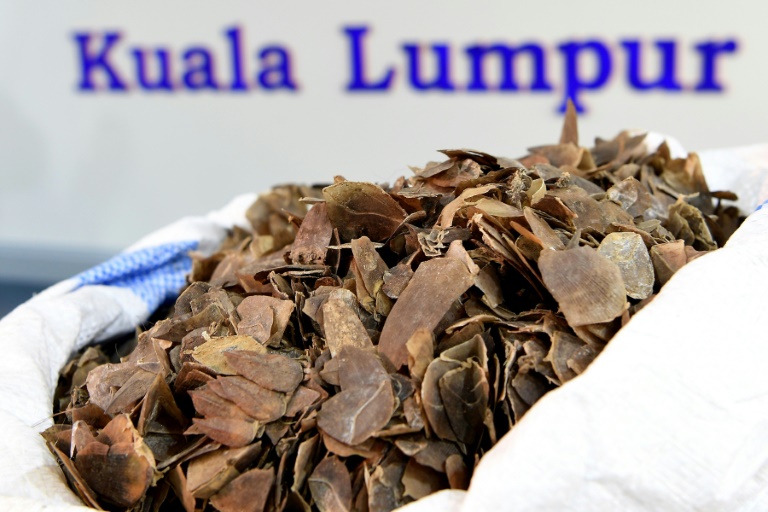SA’s equity law could crush SMEs and kill investment
While at least 20 tonnes of pangolins and their parts are seized annually after being trafficked across borders, smugglers were using dozens of new routes for the illegal trade every year in a determined effort to stay ahead of authorities, it said.
The scale-covered, ant-eating mammal is prized as an edible delicacy and ingredient in traditional medicine, especially in China and Vietnam as well as across Africa.
International trade in all species of the shy creature was banned at a global wildlife meeting in South Africa last year but activists say there has been little sign of a slowdown in rampant poaching.
The study by wildlife trade monitoring group Traffic and the University of Adelaide analysed international seizures from 2010 to 2015 — in cases where at least one border was crossed — and found at least 120 tonnes of whole pangolins, their parts and scales had been confiscated by authorities.

Whole pangolins were mostly traded within Asia, while China was the most common destination for large shipments of scales, the study said
But it also found about 27 new trafficking routes were being created a year, underlining the highly mobile nature of smuggling networks as global alarm grows that pangolins are being hunted to extinction.
“This paints a grave picture of a phenomenal quantity of pangolins being trafficked and very nimble traffickers who adapt fast, likely in response to enforcement actions,” said Kanitha Krishnasamy, acting regional director for Traffic in Southeast Asia.
“It shows traders are indiscriminate about the new routes they choose and any legitimate means of transport is fair game for them to exploit.”
The study recorded 1,270 cross-border pangolin seizures, involving 67 countries and territories.
There are four species of pangolin in Africa and four in Asia, with their classifications ranging from vulnerable to critically endangered.
Whole pangolins were mostly traded within Asia, while China was the most common destination for large shipments of scales, it said.
China made its largest-ever seizure of pangolin parts in July, with nearly 12 tonnes of scales confiscated at a port in the southern city of Shenzhen.
The report said that minor shipments of body parts mainly went to the United States but the quantities were far smaller than those trafficked through Africa and Asia. Europe was identified as a major transit hub.
The study, launched by Traffic and protection group the International Union for Conservation of Nature, urged all countries involved in the trade to review laws and step up monitoring.
Download our app